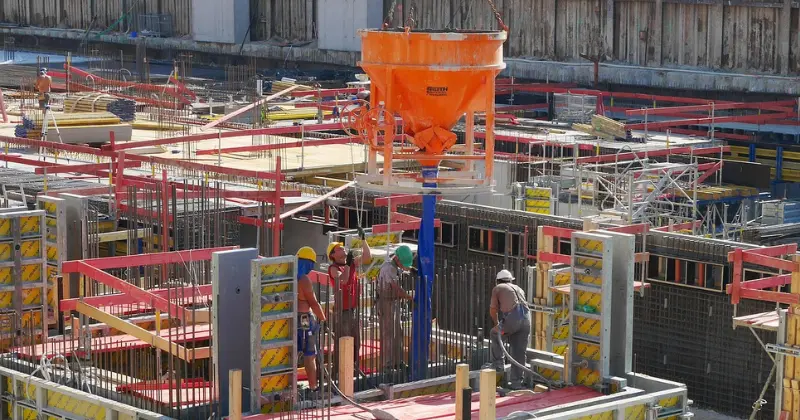11 mins read
Success Story: How RIB iTWO Powers Urban Rail Projects In Shenzhen

The company
Established in 1962, China Construction Fourth Engineering Division Corp., LTD. (hereinafter referred to as “CCFED) is the main subsidiary company of China State Construction Engineering Corporation Limited, which ranks 13th among the world’s top 500 enterprises (2021), the 3rd among China’s top 500 enterprises, and the 1st among ENR’s 2021 top 250 global contractors.
China Construction Fourth Engineering Division has 18 subsidiaries. Its business scope covers fields including infrastructure, real estate development, survey and design, and integrated operation across the whole industry value chain.
The project
Project: Yinhu Station of Shenzhen Metro
Location: On the side road of Beihuan Avenue, Shenzhen, China
Structure:
- Three underground levels
- Station length: 316.2 meters
- Station width: 22.6 meters
- Platform width: 13.0 meters
- Foundation ditch: 26.3 meters
- Roof: 3.1-5.1 meters
- 4 entrances and 2 ventilation units
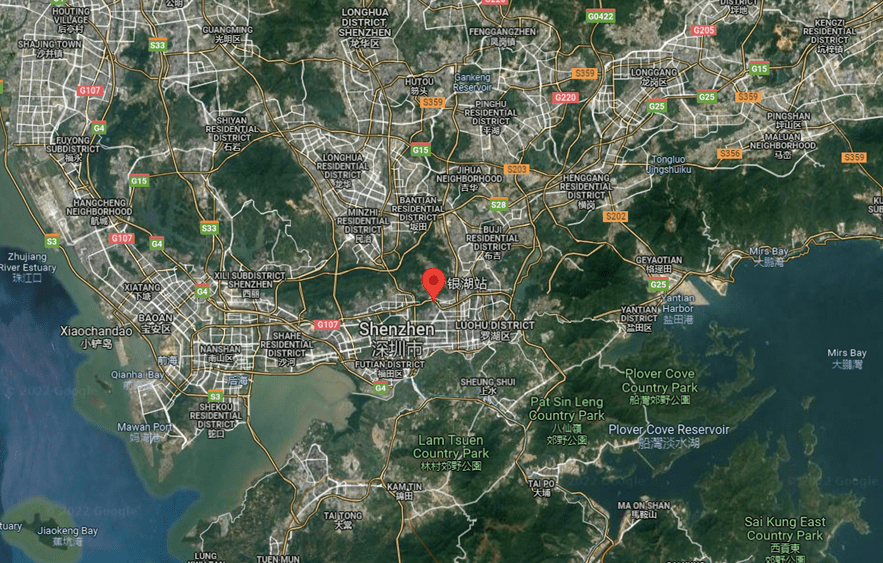
The challenge
The schedule was already delayed for half a year, yet the delivery schedule for the project remained unchanged.
Yinhu metro station is the 13th underground station on Line 9 of Shenzhen Metro, with Line 6 crossing over, connected by its underground level 3. It sits on the side road of Beihuan Avenue, an arterial road that allows vehicles to run at a maximum speed of 80 KM/H. Immediately on the project’s north side stands Yinhu Plaza, a long-distance coach terminal, with an old automobile repair garage nearby – a four-story dilapidated building, both of which make the construction environment very challenging: the coach terminal’s regular functioning and the structure of the garage had to be secured during the construction period.
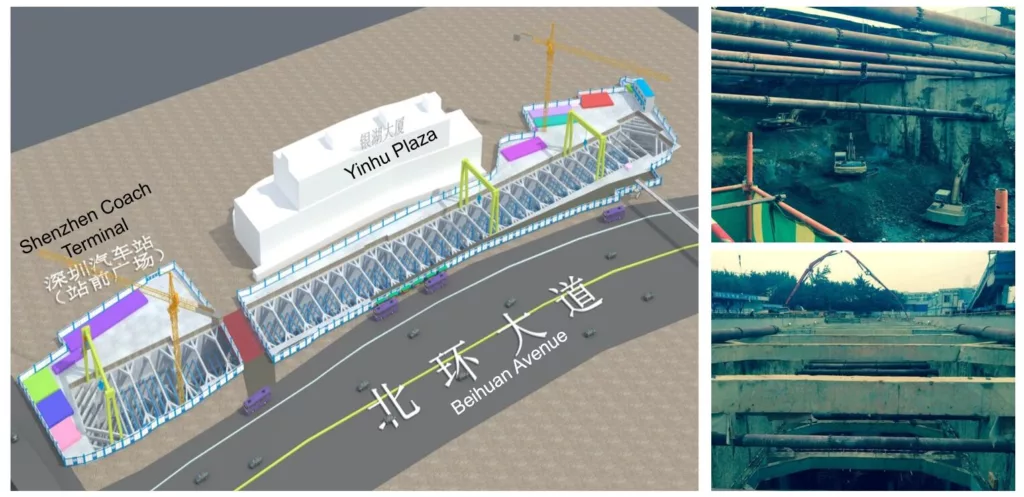
Yinhu station is a critical station on Line 9 because it has “shield launching” on one end and “shield receiving” on the other, which means, if any delay occurs, the tunnel boring machine’s work will be affected, and as a result, the critical construction schedule of the entire Line 9 will be delayed.
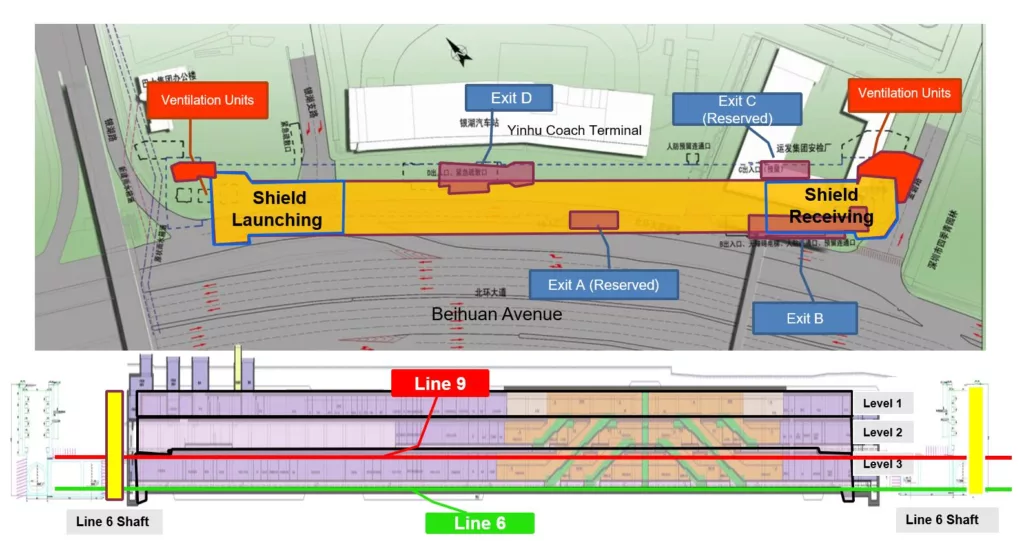
The method of cut-and-cover tunneling was applied in this project, namely, digging the trench first, roofing it with an overhead support system, and then starting the structure construction.
By the time China Construction Fourth Engineering Division (CCFED) first started the on-site construction work, the schedule was already delayed for half a year, yet the delivery schedule for the project remained unchanged. CCFED had to ensure that their tunneling shield met the first deadline: Oct. 20. In other words, 65,000 m² of earth had to be evacuated within 112 days, and construction of a 3-level, 2400 m² underground structure had to commence work: enormous project with a tight schedule.
Since the earthwork segment of the project posed greater difficulties than first anticipated, if the project was undertaken in the traditional manner, CCFED risked sacrificing their forecasted margin. If, however, they adopted a leaner project management approach, the project could still remain profitable.
The solution
RIB iTWO BIM 5D platform powered lean management
After many deliberations, they ultimately opted for the lean management approach, and implemented iTWO, with the hope to maximize margin and reduce future costs of the project.
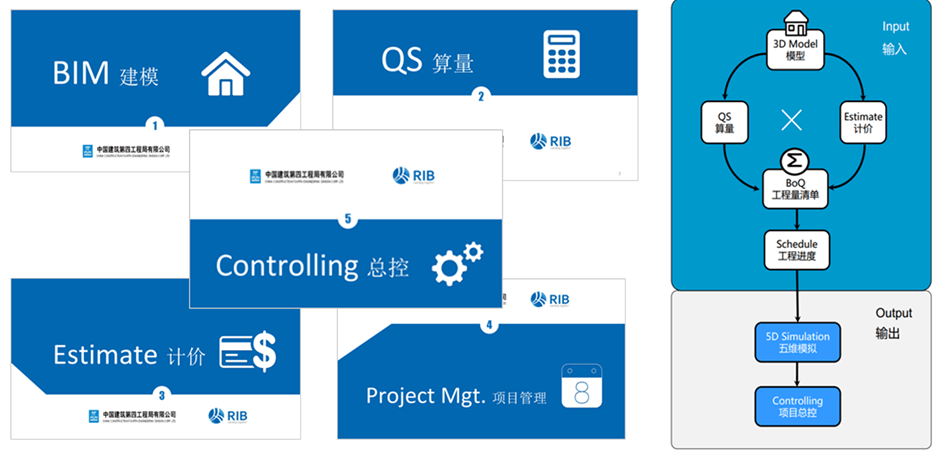
Overall, iTWO 5D BIM (the core technology of RIB 4.0 Construction Cloud ) brought 6 core values to China Construction Fourth Engineering Division (CCFED):
1) Visualized collaboration and innovative management process.
2) Accurate analysis and quick feedback.
3) Fast and accurate quantity and estimation.
4) Optimized scheduling and project margin.
5) Integration of virtual and physical.
6) Single source of truth and real-time decision-making.
iTWO platform was used in these sections:
1) BIM Modeling
For the Yinhu metro station project, CCFED mainly used Revit and iTWO 5D BIM for the BIM models of earthwork, maintenance structure and main structure of the station. With iTWO’s multi-profession clash detection, 9 construction issues in the drawings were found and were promptly solved, avoiding costly rework.
2) Cost control
For Cost Control, iTWO enabled 3D model-based cost estimation, calculating the cost from enterprise quota standards. CPI (the index of spending cost and cost performance) was conducted on weekly basis to monitor the change and prevent cost overruns. Cost control was managed with iTWO in 3 areas:
- Quantity Takeoff. CCFED developed a cost control list based on the project’s status. Combining this list with their 3D model, they quickly developed a Quantity Takeoff formula. Then they used the iTWO platform to calculate the quantity takeoffs for all items on the list.
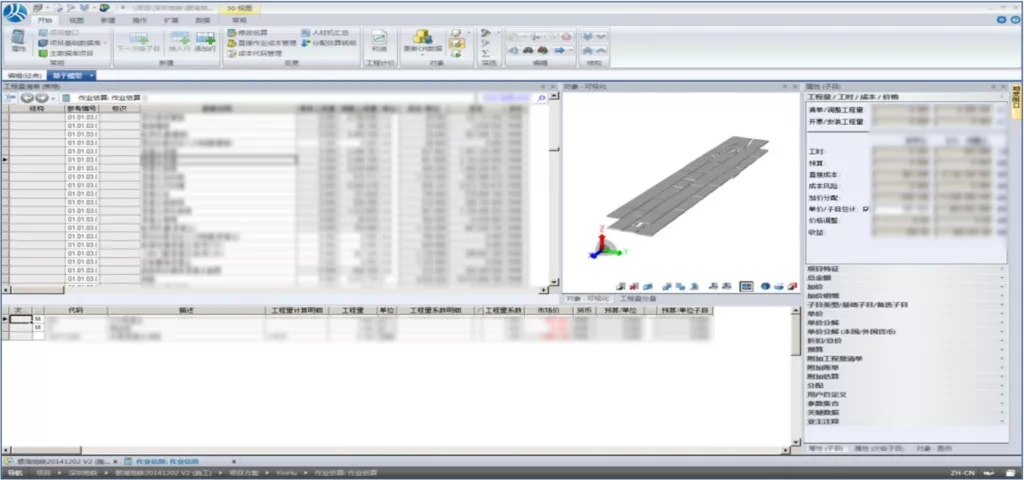
- Work performance & standards. CCFED used statistical analysis approach to analyze the work performance of continuous walls, earthwork, steel support, main structure, waterproofing etc., then they developed their own enterprise quota standards based on the contract quota from their material partners.
- Actual cost & cost analysis. Actual cost is calculated from labor, machinery, materials, and management costs, along with other past and projected expenditures. By comparing weekly costs, CCFED reviewed the cost weekly. With iTWO, they were able to do real-time analysis and set the pre-warning for cost overruns. For instance, on the project forecast report of Week 17, cost overrun was detected. After analysis, CCFED found that the reason for the over expense was from transporting too many materials to the limited construction site, incurring the need for many heavy-lift cranes. When they adjusted their material delivery plan and rearranged the schedules, they were able to reduce the number of heavy-lift cranes on site.
3) Schedule management
This whole project faced the challenges of a very tight schedule and numerous complex construction processes. With iTWO’s Schedule Management, the team ensured lean management of the scheduling, from planning, schedule simulation, actual schedule comparison, to the generation of weekly reports that gave a complete picture of all project aspects.
- Scheduling planning is to plan the schedule based on target milestones and construction deployment. Construction tasks, Bill of Quantities (BoQ), and 3D model are all connected, so the iTWO platform can automatically calculate construction time according to BoQ and work performance. For staff management, the Schedule Management module helps to assign the right tasks to the right team at the right time to ensure that everything was done according to the planned schedule.
- Mobility. The decision-makers can also check the on-site status from smart devices.
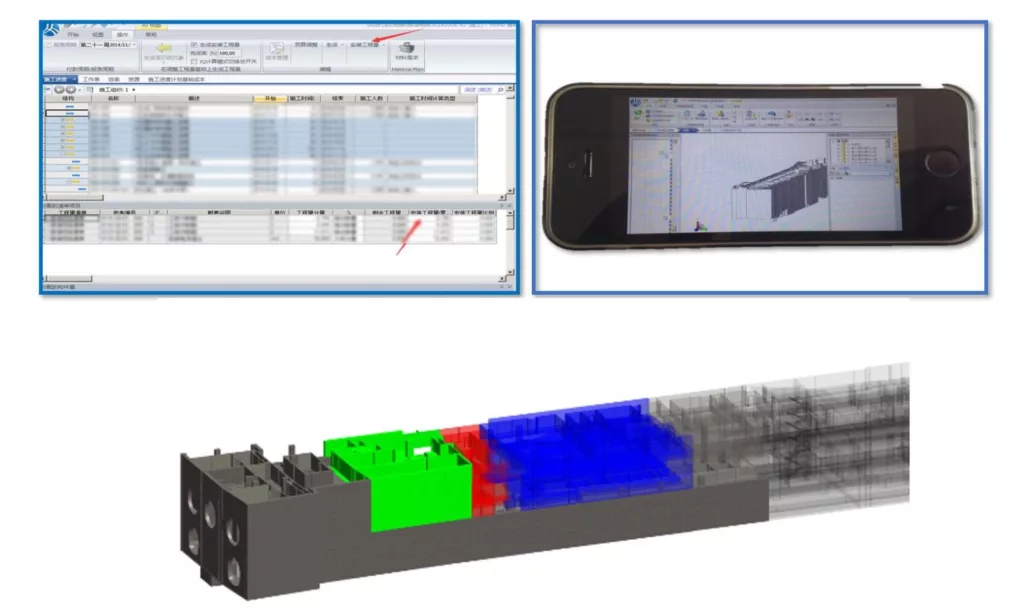
- Weekly Reports. The reports, containing progress, modeling, and resources, were completed based on the data exported from iTWO. Due to the limited site space, the team had to ensure timely and orderly material delivery to the site. In the model below, green represents “completed work”, red means “behind schedule” and blue is “next-week plan”, and this served as a reminder for the project managing personnel.
- Resource Report. The report, generated from iTWO, clearly displays materials, machinery and working hours for the construction department to efficiently plan weekly work.
- Work Plan Adjustments. When they were behind schedule, the iTWO platform re-calculated the time based on engineering quantities and schedules, thus re-arranging and optimizing the use of labor.
The outcome and benefits
With iTWO, plans were calibrated, costs analyzed and compared, and schedules were optimized. The project team completed the structure cap 56 days before the planned date. The shield ground was handed over ahead of schedule.
CCFED achieved acclaim for the project, as well as the expected margins. They also received more metro project contracts after this project.
Benefits from iTWO-powered project management:
- 5D simulation connects scheduling and estimation and can develop statics of work performance and optimize the project schedule.
- 5D virtual construction guides schedule and performance control, by which the team can compare and track the project performance and cost.
- 5D management accumulates data, resources, and performance information. The Big Data library integrates various types of projects, multi-location information and develops the enterprise data to support new project development.
- 5D management platform enables multi-perspective views of 3D models, scheduling plan, and cost.
Most Recent
11 mins read
10 mins read
10 mins read
29 mins read
Blog Categories

Ebook





